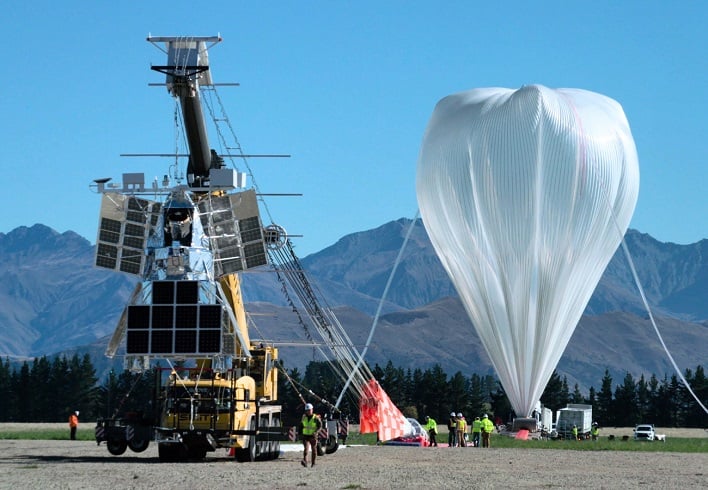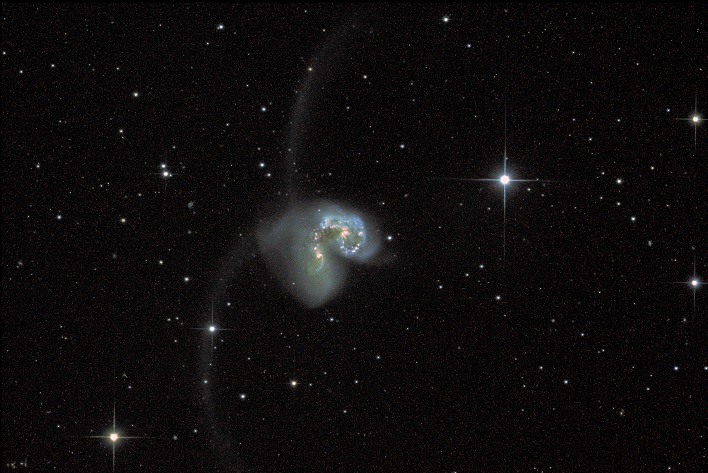Ballon-Borne SuperBIT Telescope Captures A Glorious Galaxy Collision On Its First Voyage

When one thinks of incredible images from space captured by a NASA instrument, observatories such as Hubble and the Webb Telescope come to mind. NASA says the advantage of a balloon-based telescope is the reduced cost (nearly 1,000 times less than an equivalent satellite) of not having to launch a large telescope into space onboard a rocket. The downside is that while Hubble and Webb will continue sending back awe-inspiring imagery of deep space for years to come, a super pressure balloon can only circumnavigate the globe for up to 100 days.
The space agency says the main objective for this particular flight is to validate the SuperBIT's technology. The telescope uses a wide field of view to capture images of large galaxy clusters, such as the Antenna Galaxies above. In fact, while the telescope captures images in the visible-to-near ultraviolet light spectrum like Hubble, it has a wider field of view.
"By measuring the way these massive objects warp the space around them, also called 'weak gravitational lensing,' SuperBIT will be able to map the dark matter present in these clusters," the space agency stated in a press release.
The Tarantula Nebula (seen in the top image) resides 161,000 light-years from Earth in the Large Magellanic Cloud. Its "turbulent clouds of gas and dust" have been observed by both Hubble and Webb in the past.
The Antennae galaxies are two large galaxies that are colliding 60 million light-years from Earth in the constellation Corvus. It has been imaged by Hubble, Chandra X-ray Observatory, and the now-retired Spitzer Space Telescope.

The team behind the balloon-borne telescope has already received funding to upgrade SuperBIT's 0.5-meter telescope to 1.6 meters. This will give the telescope a boost to its "light gathering power tenfold, with a wider-angle lens and more megapixels."


